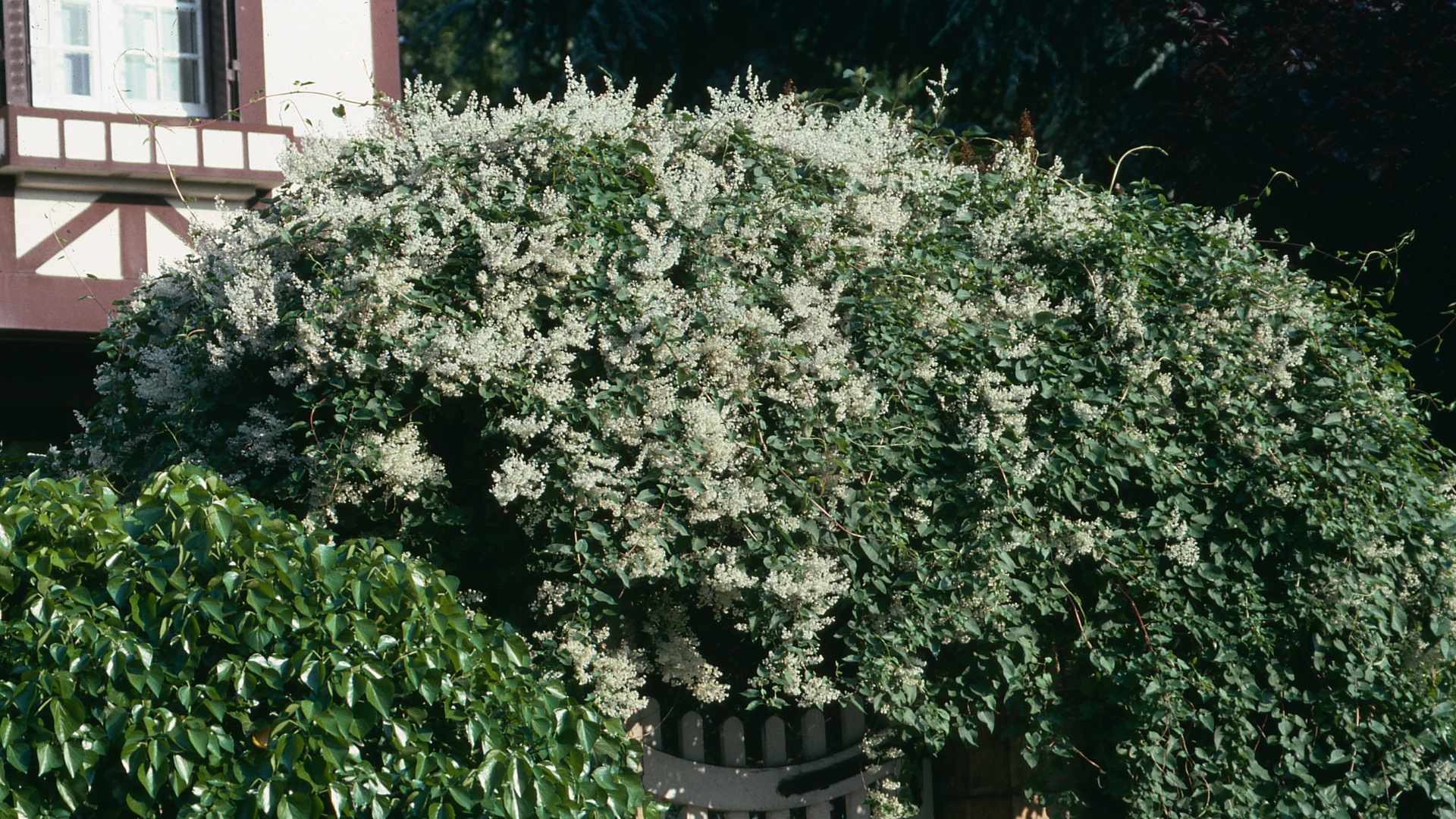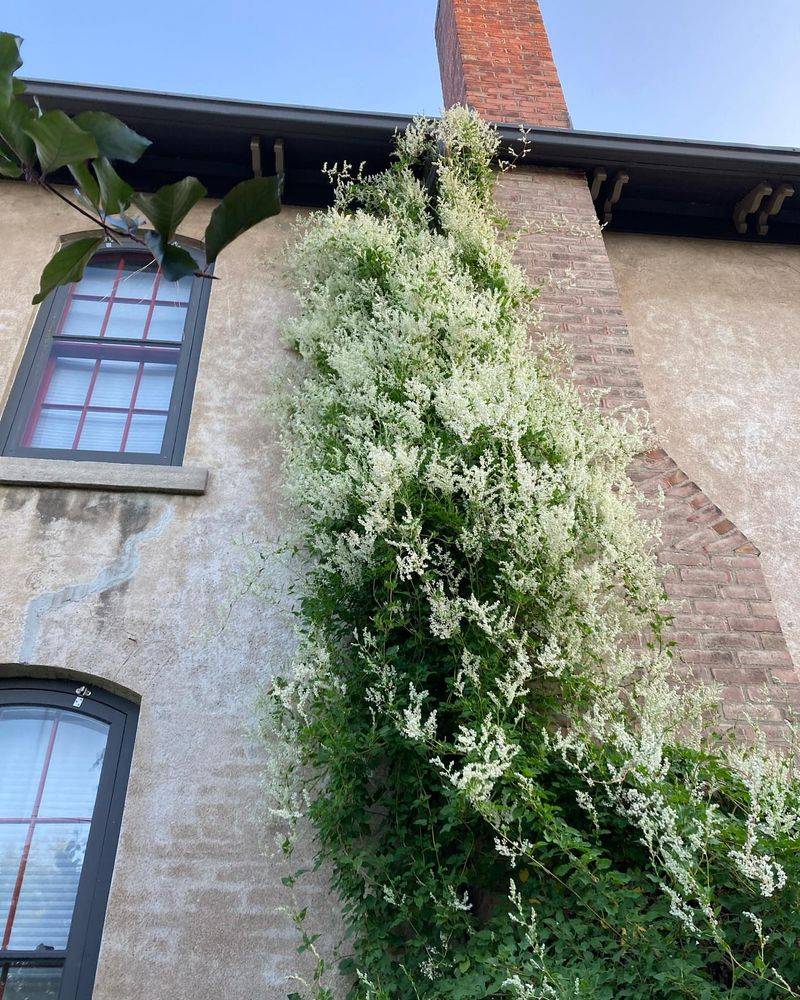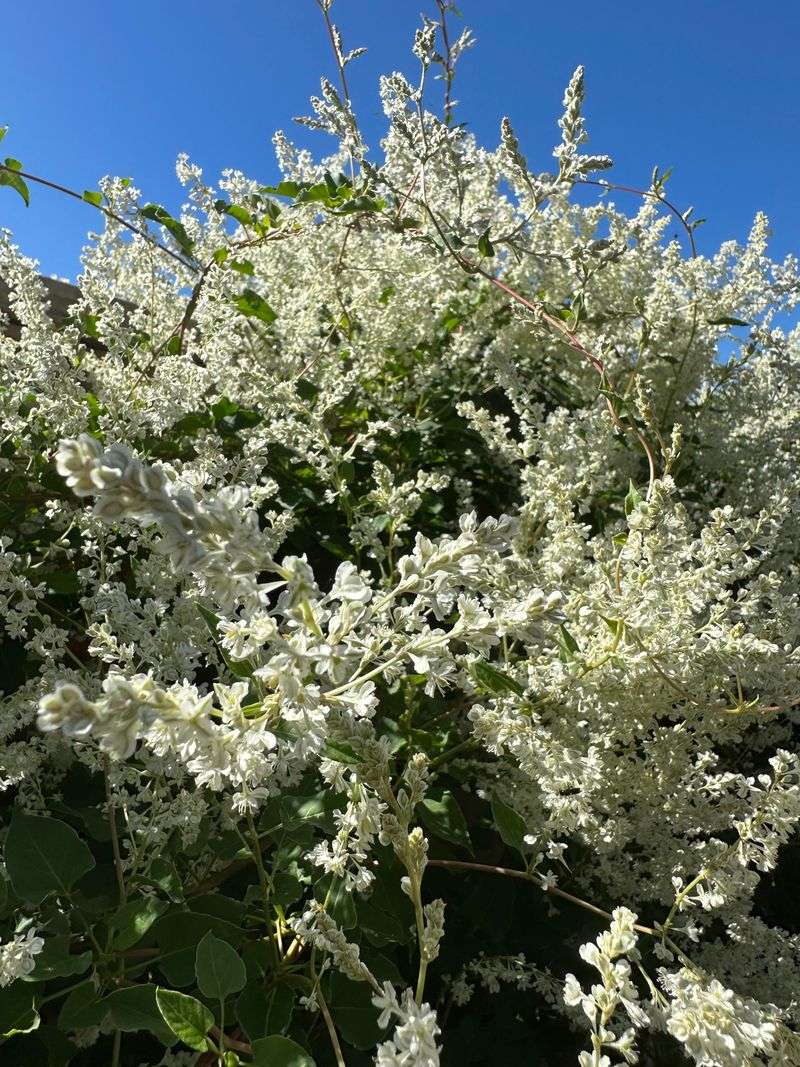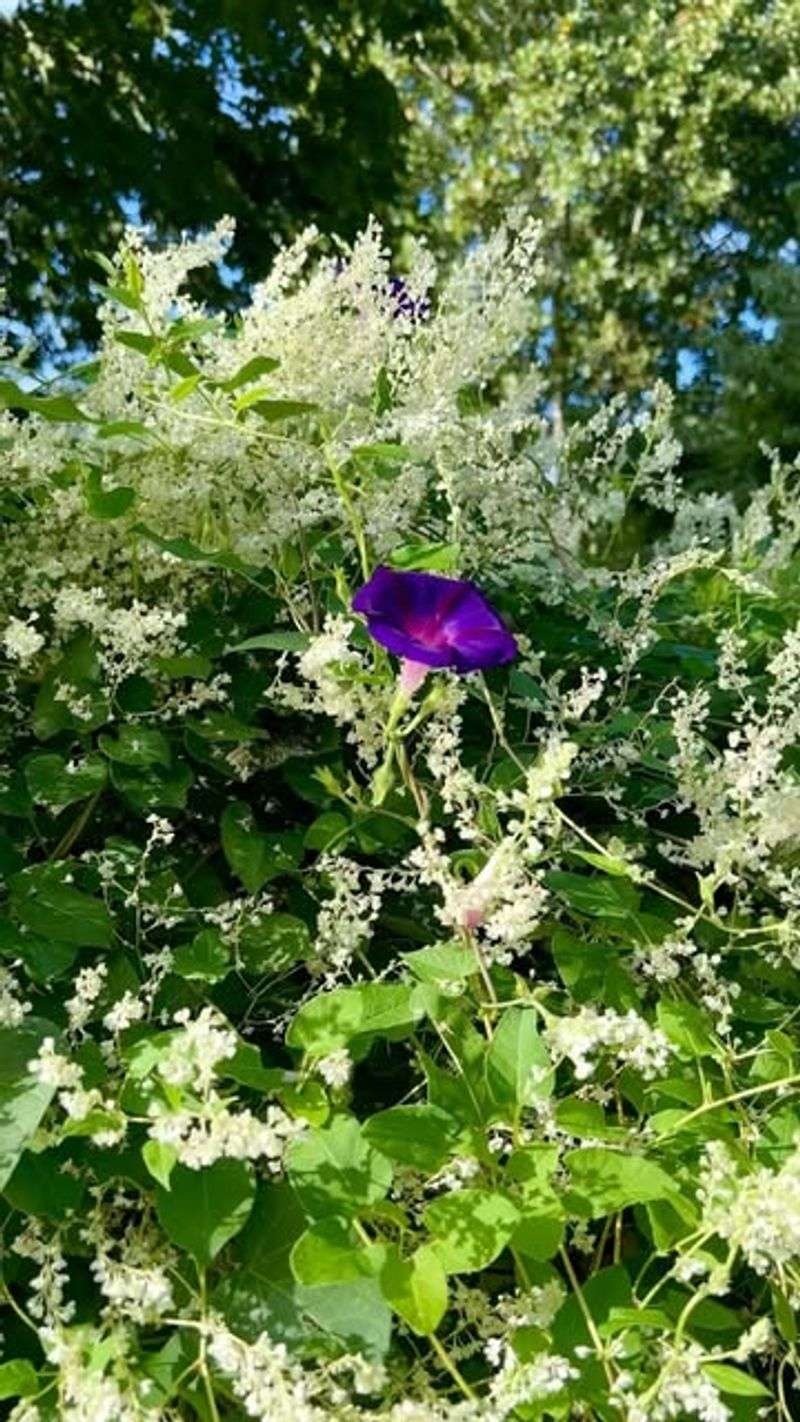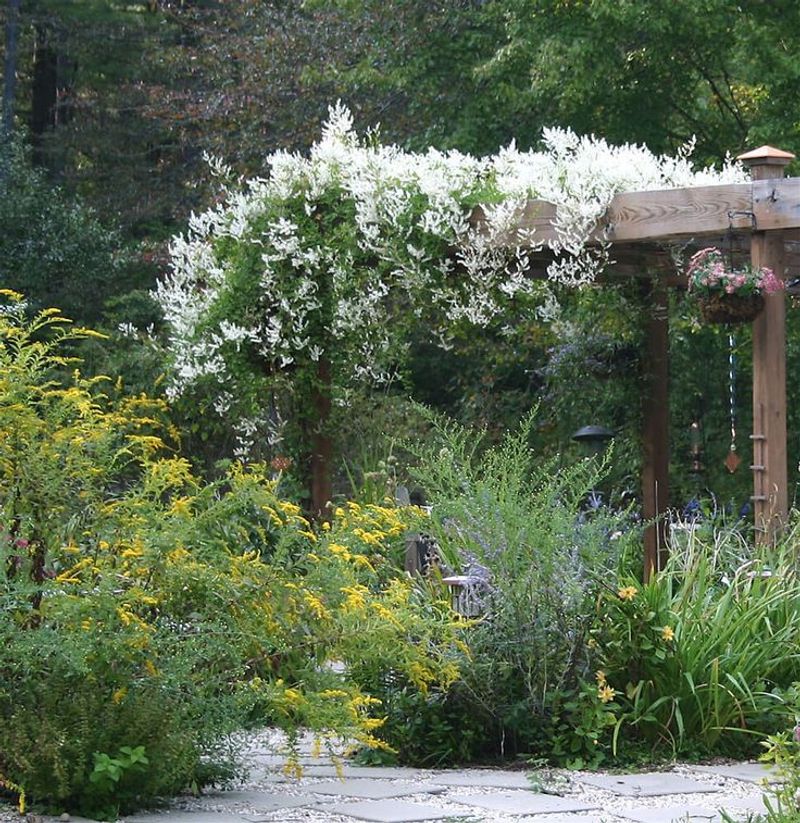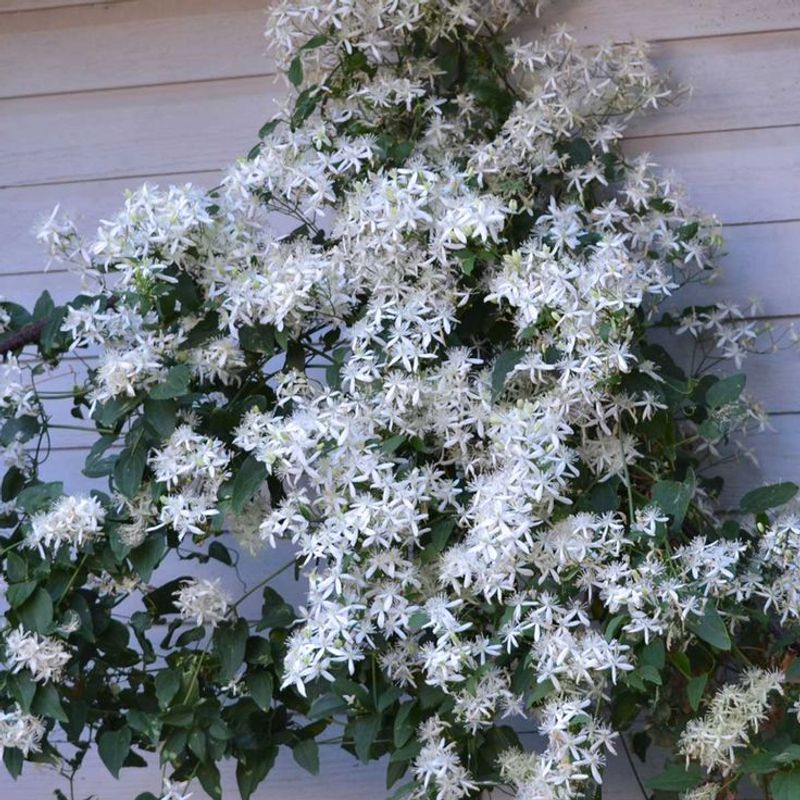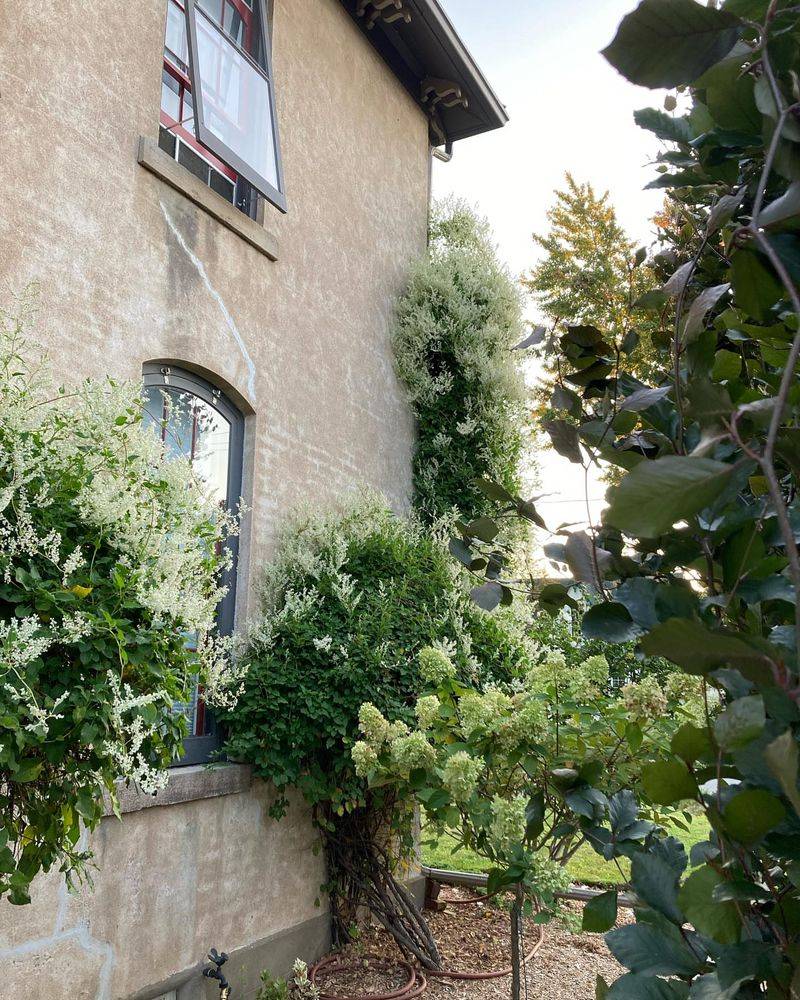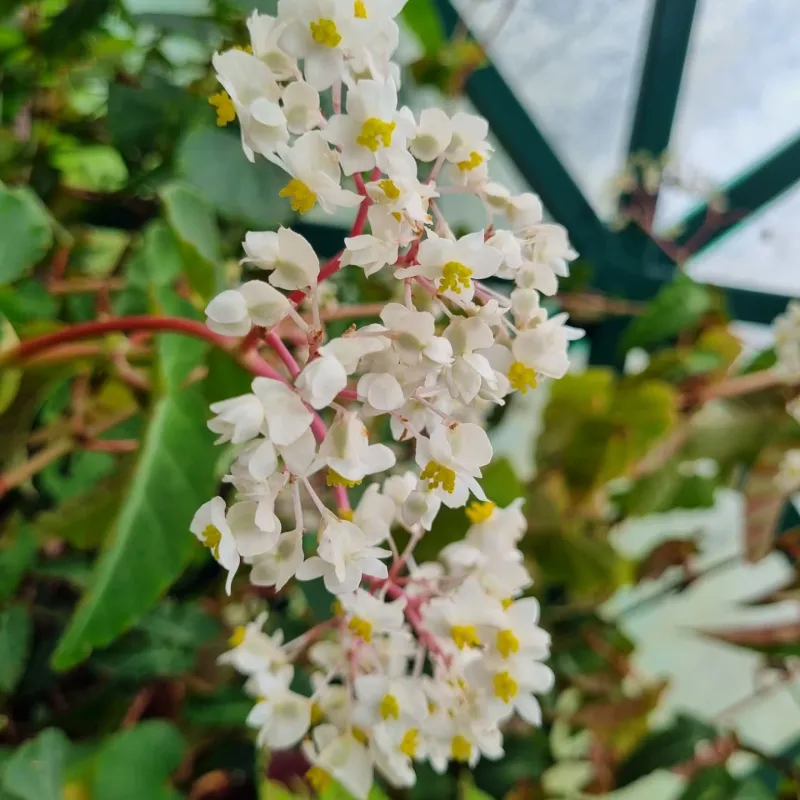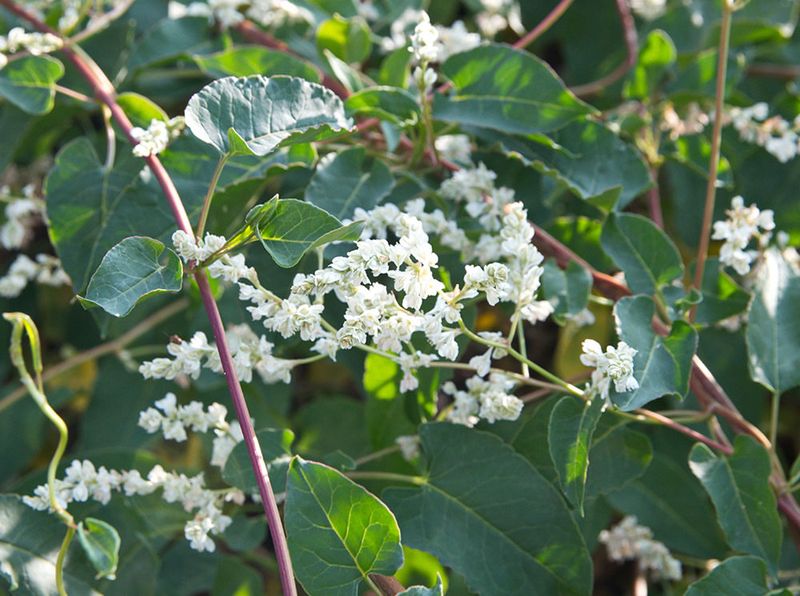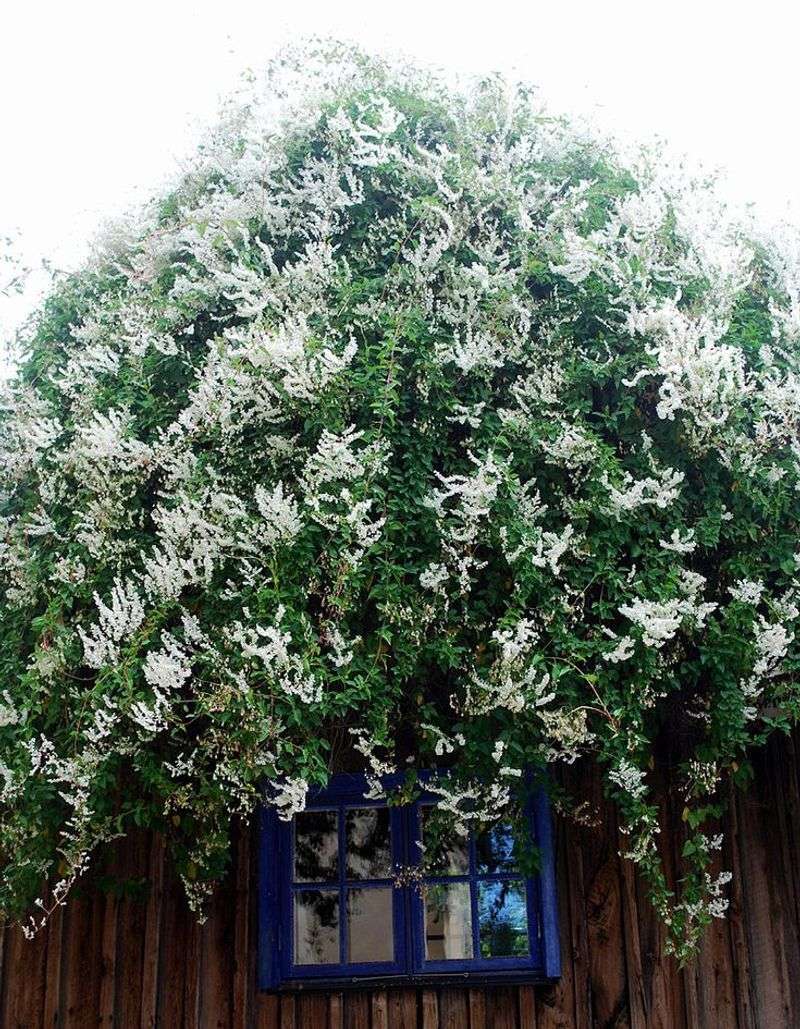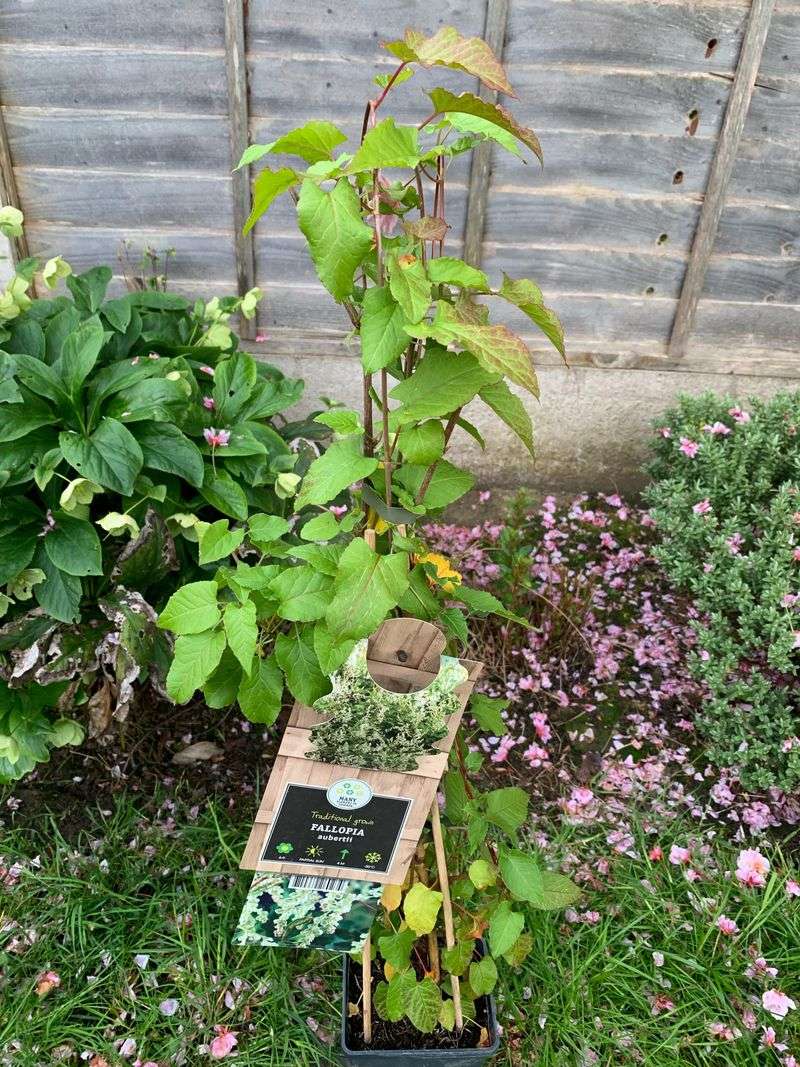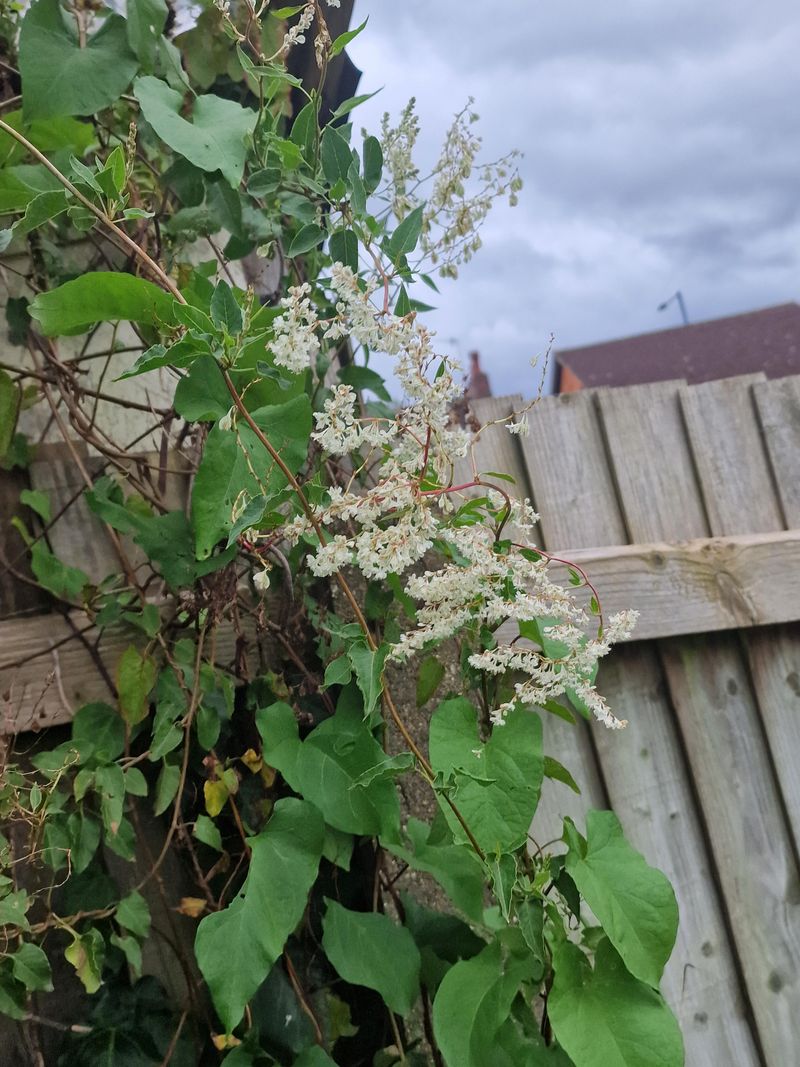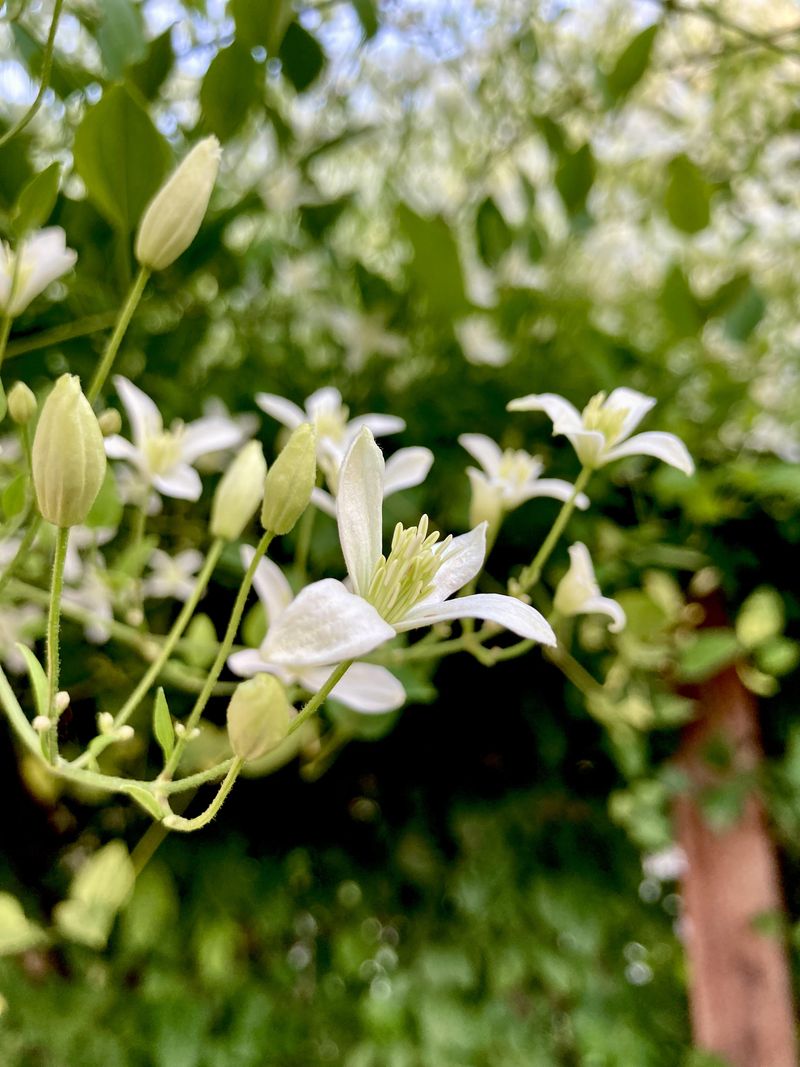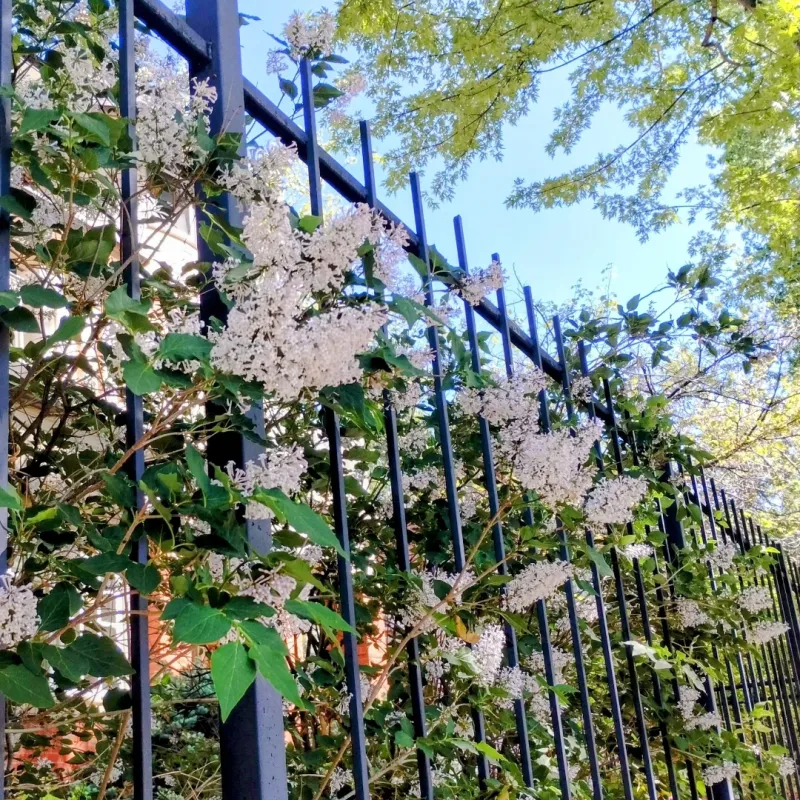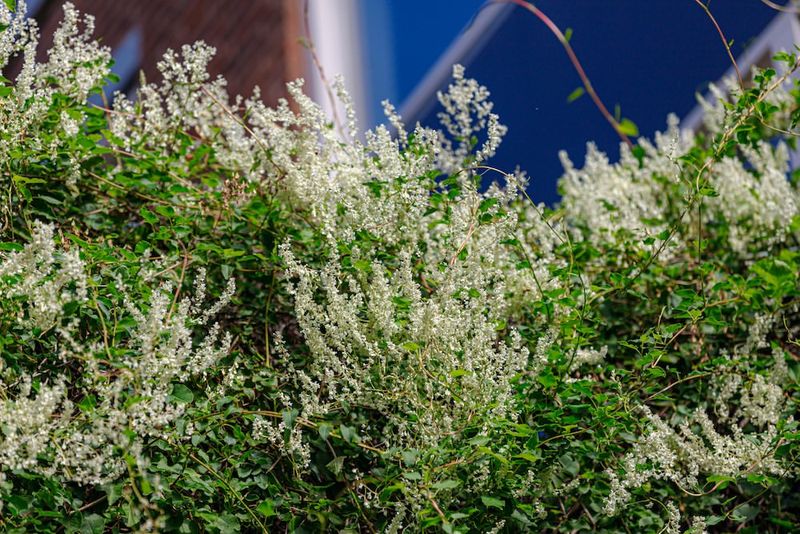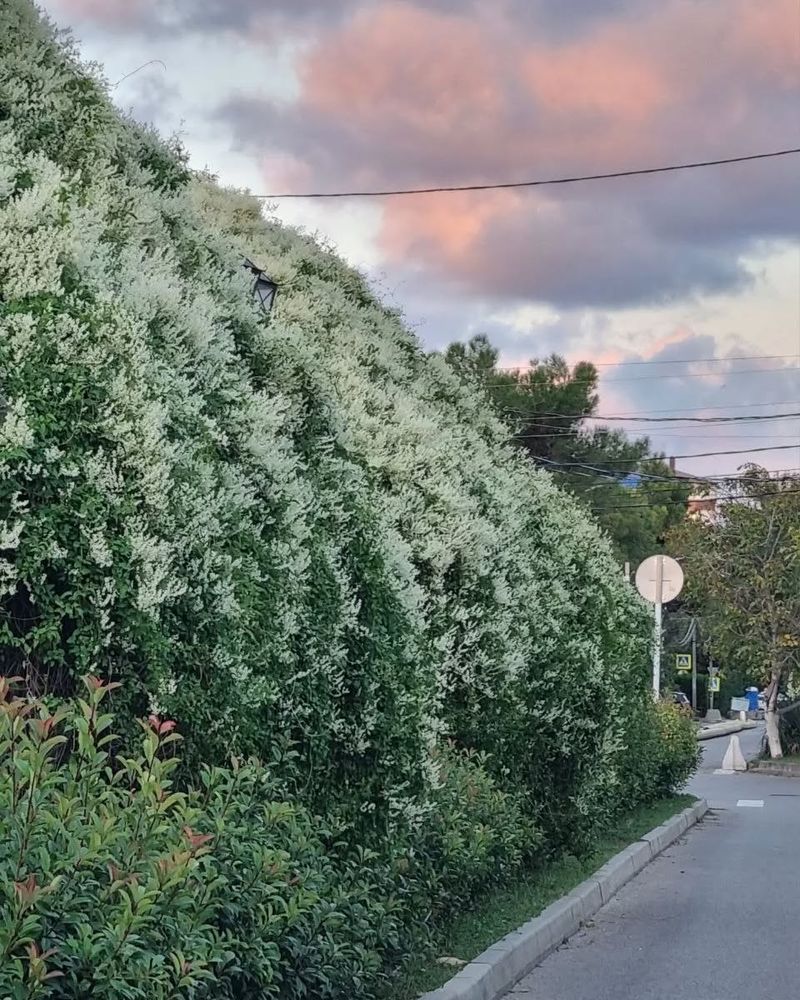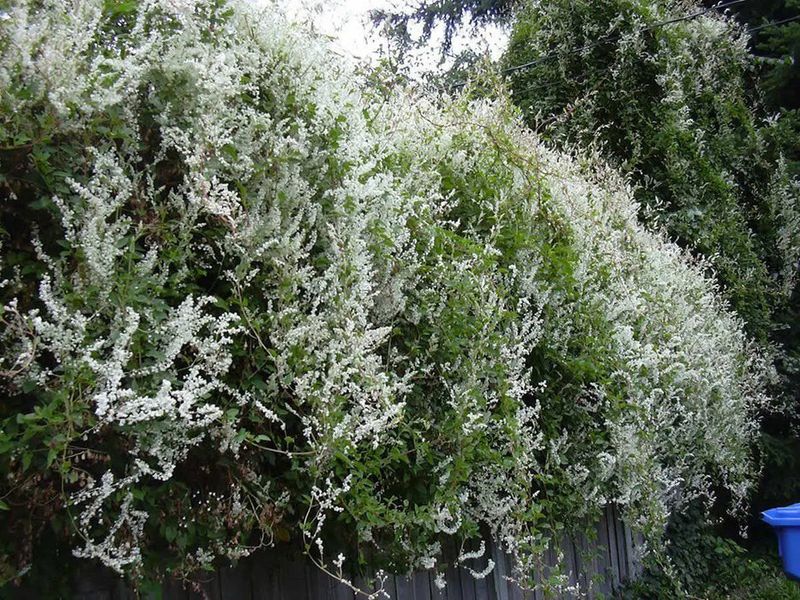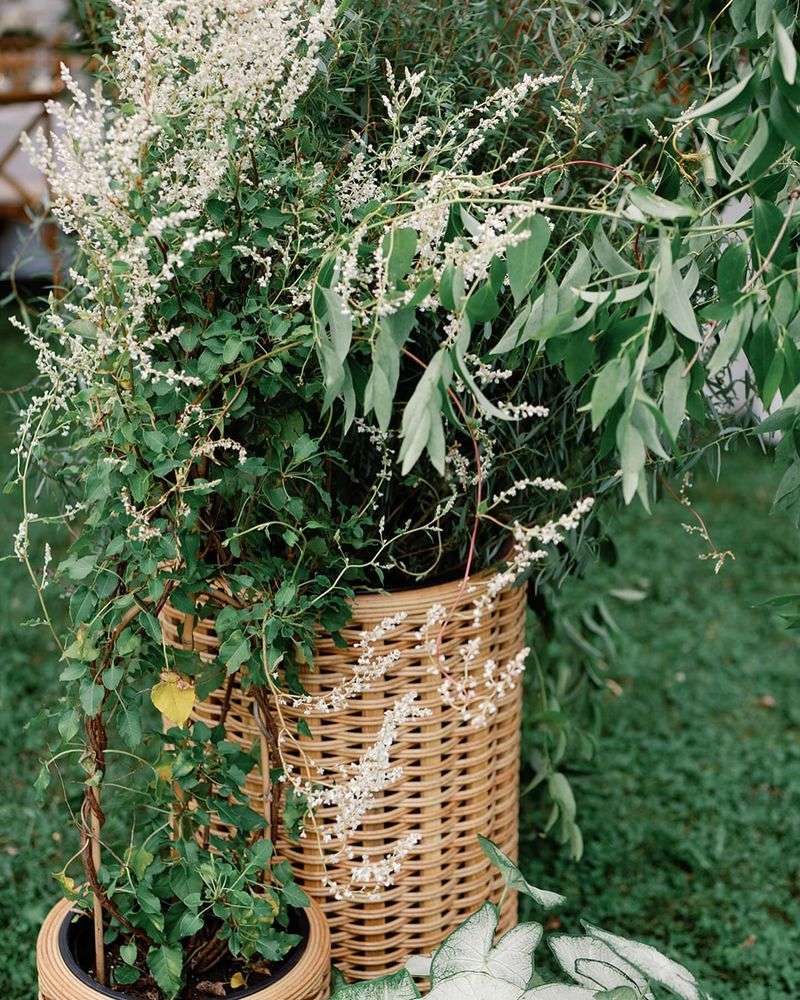Silver Lace Vine doesn’t mess around—it’s fast, full, and fabulous. But to get that lush, fence-swallowing look, it needs the right care.
These 13 tips will help you train, feed, and support your vine for maximum coverage. And don’t miss the 5 mistakes that can slow it all down.
1. Plant in Early Spring for Maximum Growth
Timing matters tremendously with silver lace vine. Getting those roots established early gives your vine a full growing season to spread and climb.
Early spring planting allows the root system to develop before summer heat arrives, creating a stronger foundation for explosive growth. By midsummer, you’ll already see significant coverage compared to vines planted later.
2. Choose a Sunny to Partly Shady Location
Silver lace vines absolutely flourish in spots that receive at least 6 hours of sunlight daily. The more sun they get, the faster and more vigorously they’ll climb your fence.
While these adaptable plants can tolerate partial shade, you’ll notice significantly slower growth and fewer flowers in shadier locations. Morning sun with afternoon shade creates an ideal balance for most regions.
3. Prepare Well-Draining Soil
Silver lace vines aren’t picky about soil type, but they absolutely require good drainage to prevent root rot. Before planting, mix in compost to improve both drainage and fertility.
For heavy clay soils, add coarse sand and organic matter to create air pockets. A slight mound (2-3 inches higher than surrounding soil) helps excess water flow away from the roots, especially important during rainy seasons.
4. Space Plants 10-15 Feet Apart
Rookie gardeners often plant silver lace vines too close together, not realizing how massive they become. Proper spacing allows each plant to develop a strong root system without competing with neighbors.
For standard fences, 10-15 feet between plants provides ideal coverage within two seasons. The vines will grow laterally along your fence, eventually meeting in the middle to create a seamless green wall.
5. Install Strong Support Structures
Mature silver lace vines become surprisingly heavy, especially when laden with flowers and rainwater. Flimsy trellises or weak fencing might buckle under their weight.
Choose sturdy support materials like metal fencing, strong wooden trellises, or wire systems attached to fence posts. Adding horizontal support wires every 12 inches gives vines multiple climbing paths, leading to fuller coverage and preventing bare spots.
6. Train Young Vines Along Horizontal Lines
Silver lace naturally wants to climb upward, but for fence coverage, horizontal growth is your goal. During the first season, gently weave new shoots sideways along your fence rather than letting them climb straight up.
Use soft plant ties or garden twine to secure horizontal branches without damaging them. This training creates a lattice-like growth pattern that will fill in completely by the second season.
7. Water Deeply But Infrequently
Newly planted silver lace vines need consistent moisture to establish strong roots. Water deeply once or twice weekly during the first growing season, ensuring the soil stays moist but never soggy.
After establishment, these vines become surprisingly drought-tolerant. Reducing water frequency encourages roots to grow deeper, creating a more resilient plant that can withstand dry spells while still covering your fence rapidly.
8. Apply Balanced Fertilizer in Spring
Jump-start your silver lace vine’s growth with a balanced 10-10-10 fertilizer applied when new growth appears in spring. This provides essential nutrients for the explosive growth phase.
Avoid high-nitrogen fertilizers which promote lush foliage at the expense of flowers. A second light application in early summer supports continued growth, but stop fertilizing by mid-summer to allow the plant to prepare for winter.
9. Mulch to Retain Moisture and Suppress Weeds
A 2-3 inch layer of organic mulch around your silver lace vine serves multiple purposes. It retains crucial soil moisture during hot weather and gradually breaks down to feed the soil.
Mulch also prevents competing weeds from stealing nutrients your vine needs for rapid growth. Keep the mulch a few inches away from the main stem to prevent rot issues and replace it annually as it decomposes.
10. Prune Aggressively in Late Winter
February or March pruning is the secret to maintaining a thick, vigorous silver lace vine. Cut back the entire plant to about 2-3 feet from the ground before new growth begins.
This seemingly harsh treatment stimulates explosive spring growth with multiple new shoots. The result is denser coverage and more flowering stems than if you’d left the old growth intact.
11. Remove Wayward Shoots Regularly
Silver lace vines grow with wild enthusiasm, sending exploratory shoots in all directions. During the growing season, check weekly for stems heading away from your fence.
Redirect these wanderers back toward the fence or prune them completely. This maintenance prevents the vine from invading nearby plants or structures while concentrating growth energy where you want it—covering your fence quickly.
12. Consider Using Growth Stimulants
For truly rapid coverage, seaweed extract or other biostimulants can give your silver lace vine an edge. These natural growth enhancers contain hormones and micronutrients that boost vigor.
Apply as a foliar spray every 2-3 weeks during the growing season. Many gardeners report noticeably faster growth and earlier flowering when using these supplements compared to untreated vines.
13. Protect from Strong Winds During Establishment
Young silver lace vines can be damaged by strong winds before they’ve secured themselves to your fence. Creating a temporary windbreak during the first season helps protect delicate new growth.
Use burlap screens or temporary fencing on the windward side until plants are established. This protection allows stems to attach firmly to your fence rather than being repeatedly torn away, significantly accelerating overall coverage time.
14. MISTAKE: Ignoring the Invasive Potential
Silver lace vine’s vigorous growth is a double-edged sword. Without regular monitoring, it can escape your fence line and invade nearby areas, potentially becoming a neighborhood nuisance.
In some regions, this plant is considered invasive. Check local regulations before planting, and commit to responsible maintenance. Installing a root barrier 18 inches deep around the planting area helps contain underground spread.
15. MISTAKE: Underestimating Water Needs During Establishment
New silver lace vines often fail because gardeners underestimate their initial water requirements. During the first 4-8 weeks after planting, consistent moisture is absolutely critical.
Check soil moisture daily during hot weather by digging down 2-3 inches. If dry, water immediately. Once established, these vines become much more drought-tolerant, but those first weeks determine whether your fence will be covered quickly or not at all.
16. MISTAKE: Planting Too Close to Structures
Silver lace vines can damage gutters, siding, and rooflines if allowed to grow unchecked against buildings. Their tendrils work into tiny cracks and expand, potentially causing structural issues.
Keep vines at least 3-4 feet away from houses, sheds, and other permanent structures. If using as fence coverage, regular pruning prevents them from climbing beyond the fence top into nearby trees or onto buildings.
17. MISTAKE: Skipping Fall Cleanup
Leaving dead growth and fallen leaves around your silver lace vine creates a perfect habitat for pests and diseases to overwinter. This neglect can significantly slow next season’s growth.
In late fall, remove all fallen debris from around the base of the plant. This simple maintenance step reduces pest problems and allows for healthier, faster growth when spring arrives.
18. MISTAKE: Forgetting to Check for Pests
Japanese beetles and aphids particularly love silver lace vines and can quickly defoliate large sections if left unchecked. Damaged plants grow much slower, delaying your fence coverage goals.
Inspect both sides of leaves weekly during growing season for pest activity. Early intervention with insecticidal soap or neem oil stops infestations before they impact growth. Healthy, pest-free vines can put all their energy into covering your fence.

